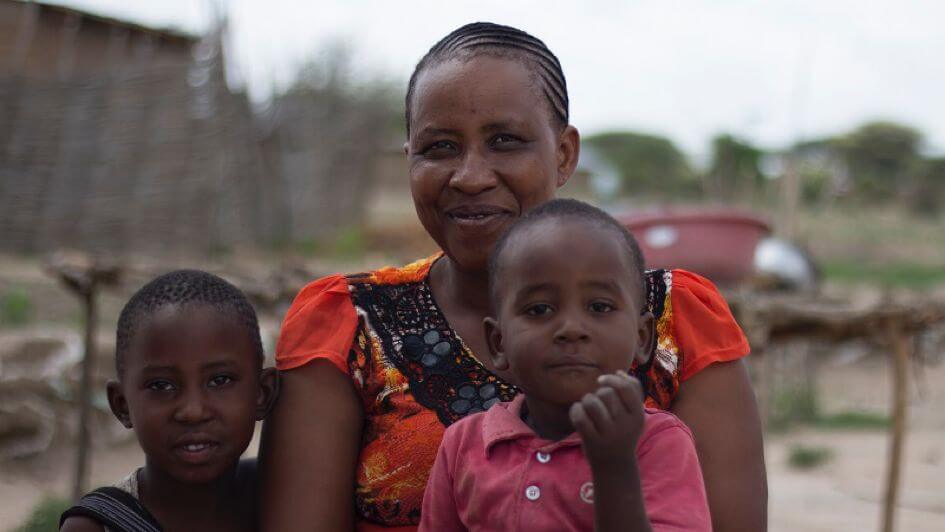The renewable energy sector is expanding rapidly across African countries, with more and more businesses competing for market share. Developers who adequately address the needs of women in their business plans will stay a step ahead of their rivals, leading to increases in productivity, organizational effectiveness, return on investment and higher consumer satisfaction.
Gender equality and female empowerment is a crucial part of the solution to many central development challenges, not just in terms of transitioning to a low-carbon energy system, but also in terms of effective family planning, alleviating poverty, improving healthcare and ensuring quality education for all.
Since women and girls are the primary energy producers in most households, particularly in rural communities, it follows that they should have a central role in the development of the unfolding clean energy revolution. However, women are often being overlooked by renewable energy companies in their business plans and community consultations, resulting in products and services that do not properly address their customers’ needs.
But how do companies ensure gender equality in their business planning?
The short answer is by addressing the inequalities that are at the core of decision-making, policy, and process, in such a way that it leads to more gender-equal and responsive action.
To do this requires the systematic mainstreaming of a gender perspective across the business and its operations that guarantees the meaningful participation of women. For the renewable energy developer, this “gender mainstreaming” involves a number of steps:
- Assess the existing gender baseline of the business, its project and its areas of influence before identifying gender gaps in employment, and access to productive resources and energy products and services.
- Implement gender-focused stakeholder engagement, such as focus groups, community mapping and transect walks, to fully capture the challenges, needs, and interests of the participants, with a specific focus on the women who are going to be impacted by the project
- Establish an equal opportunities action plan to reduce and overcome the gaps and challenges identified, as well as to maximize the opportunities.
Project planners need to ensure continuous and gender-balanced communication between the project and community committees throughout the process and set up gender-sensitive indicators to monitor the action plan’s success.
Businesses that take these steps to understand and respond to the needs of all their potential customers will be able to have the edge on their competitors on the basis of providing products and services that work best for all end users.
